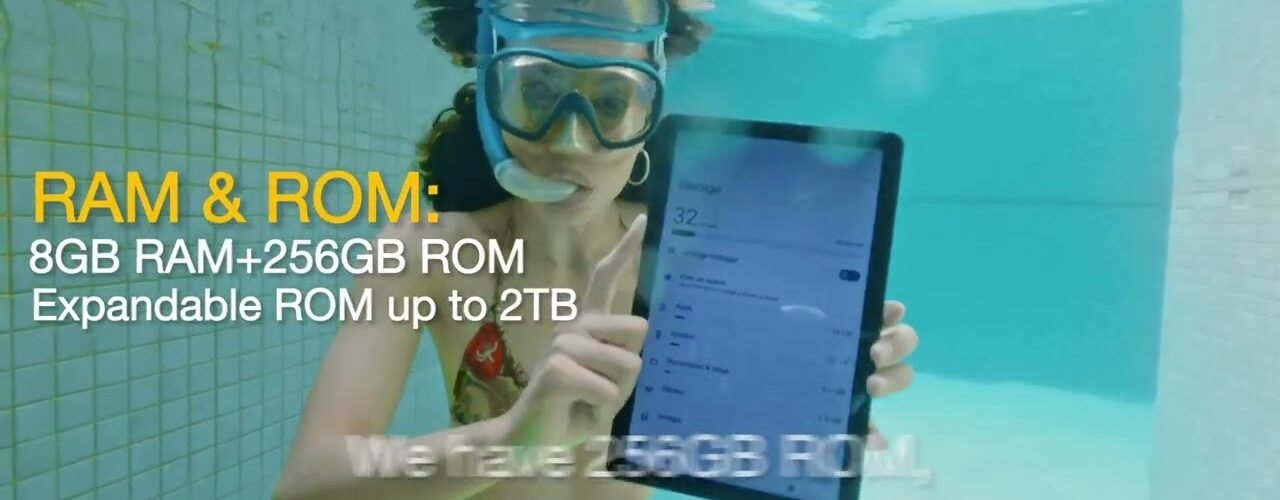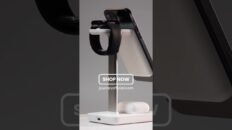When safeguarding our electronic devices from water damage, the terms “waterproof” and “water-resistant” are often used interchangeably, yet they carry crucial distinctions that significantly impact the level of protection offered. In this article, our goal is to demystify the differences between these designations, shedding light on their meanings to empower you in making an informed choice for your device. Let’s delve into the nuances.
Unveiling Water-Resistant Devices
Water-resistant devices, as implied by their name, provide a certain level of protection against water exposure. They are engineered to withstand minimal water contact or light splashes without immediate damage. For instance, a water-resistant device may endure a few drops of water or light rain. However, extended or extensive water exposure can still result in damage to internal components. It’s crucial to note that the degree of water resistance can vary among devices, making it essential to check the specific water-resistant rating for accurate information.
Deciphering Waterproof Devices
Contrastingly, waterproof devices are designed to offer a higher level of protection against water ingress. These devices can endure submersion in water for a specified period and depth without sustaining damage. Rigorous testing, often measured by IP (Ingress Protection) ratings, determines their ability to resist water penetration. Higher IP ratings, such as IP67 or IP68, indicate superior waterproofing, ensuring the device’s performance even in demanding water-related scenarios.
Navigating the Right Level of Protection
Choosing a device requires a careful assessment of your specific needs and intended usage environments. If occasional exposure to water or light splashes is anticipated, a water-resistant device may be adequate. However, for activities involving more extreme water conditions, like swimming or underwater photography, opting for a waterproof device with a higher IP rating is recommended. The choice between water-resistant and waterproof devices hinges on the level of protection required for your specific activities and usage scenarios.
AGM PAD P1 – The Ultimate Waterproof Solution
For those seeking a reliable waterproof device, the AGM PAD P1 emerges as a top contender. With exceptional waterproof capabilities, it provides peace of mind in water-prone environments. Boasting an impressive IP68 rating, the AGM PAD P1 can withstand submersion in water for extended periods and depths without compromising performance. Whether you’re an outdoor enthusiast or a professional in demanding industries, the AGM PAD P1 delivers the highest level of waterproof protection.
Conclusion
Understanding the disparities between waterproof and water-resistant devices is paramount in safeguarding electronic devices from water damage. While water-resistant devices offer limited protection, waterproof devices provide superior resistance and can withstand submersion. By aligning your needs and activities, you can make an informed decision about the necessary level of protection for your device. With its exceptional IP68 waterproof rating, the AGM PAD P1 ensures optimal performance even in the most challenging water-related scenarios. Choose the level of protection that suits your needs and embrace the peace of mind that comes with a waterproof device like the AGM PAD P1.









Add comment